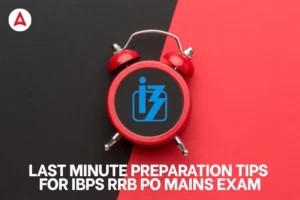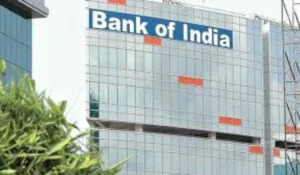Finance Minister Arun Jaitley will present the Union Budget for the financial year 2018-19 on February 1. The first phase of the budget session of the parliament began from January 29 and will continue till February 9. This year’s budget session is crucial as it comes after the Indian government made two very big financial decisions in the last couple of years – Demonetisation and implementation of the Goods and Services Tax (GST). So this becomes very important for all our aspirants to know well about the present as well as the past Union budgets of India as there is high chance that the questions based on these facts might appear in your examinations.
Few Important Terms Used in the Union Budget are-
Appropriation Bill
It is a Bill presented to Parliament for approval. Once passed by Parliament, becomes an Act authorising the government for withdrawal or appropriation from and out of the Consolidated Fund of India.
Consolidated Fund
All revenues received by the government deposited in the form of the Consolidated Fund of India. It comprises loans raised and recoveries of loans. The government needs to seek Parliament’s approval for withdrawing money from the Consolidated Fund.
Contingency Fund
For a situation when Parliament’s approval for withdrawing money from Consolidated Fund is not possible, there is another fund by the name of the Contingency Fund. The government can withdraw money from this fund in the time of emergencies to meet unforeseen and urgent expenditures.
Bank Credit
It means loans, cash credit and overdrafts by banks. It also includes inland bills and foreign bills purchased and discounted.
Budget Estimates
Budget estimates refer to estimated expenditure of the government during the next financial year and revenue collection in the form of tax revenues.
Capital Budget
It is the list of planned capital expenditures mentioned in detail in the Budget document.
Balance of Payment
It is the balance sheet of the country’s trade and financial transactions. It also factors in net outstanding receivable or payable from other countries over the last one year.
Current Account Deficit
It is an excess of expenditure over receipts on current account in balance of payments during the fiscal.
Current Account Surplus
If receipts are more than the expenditure on current account in balance of payments during the fiscal year under consideration, the situation is called Current Account Surplus.
Fiscal Deficit
It is the gap between Centre’s receipts in the form of revenues from taxes and payments made for running the government and towards interest payments.
Budget Deficit
It is a part of fiscal deficit presented in the Budget document. It refers to deficit between expenditure and revenue collection, which is met by borrowing by the Centre from agencies like World Bank, IMF or other countries and agencies.
Basic Exemption
It is the amount of annual income that is exempt from income tax. However, the person would be paying taxes on all of the purchases that he/she might make. The income would not be directly taxed by the government. The current basic exemption limit is Rs 2.5 lakh per year.
Direct Taxes
Taxes, which affect consumers directly, are direct taxes. Examples of direct taxes are income tax, corporate tax and capital gains tax.
Indirect Tax
Taxes which are charged on goods produced, imported or exported : Excise and Customs duties
Disinvestment
It is selling off the government’s shareholding in a public sector undertaking partially or fully.
Foreign Direct Investment
Investment in India made by a foreign based company through one of its branch or a representative office or a subsidiary company set up in India.
Foreign Institutional Investor
It is firm incorporated outside India and makes investment in India.
Gross Domestic Product (GDP)
It is the sum total of market value of all the finished goods and services produced in the country during the financial year. Broadly, it is compiled under three sectoral headas – Agriculture, Industry and Services.
Gross National Product (GNP)
It is the GDP plus income by resident Indians from their foreign investments minus money earned by foreigners from their investments in India.





 Last Minute Preparation Tips for IBPS RR...
Last Minute Preparation Tips for IBPS RR...
 Bank of India Apprentice Apply Online 20...
Bank of India Apprentice Apply Online 20...
 Important Days in January 2026, National...
Important Days in January 2026, National...








